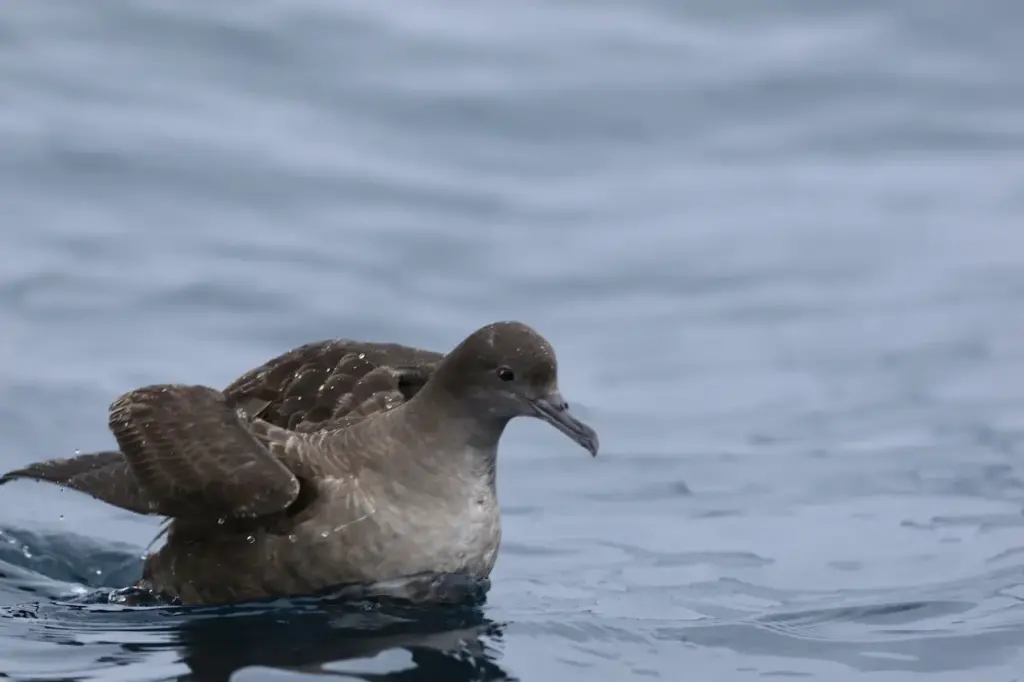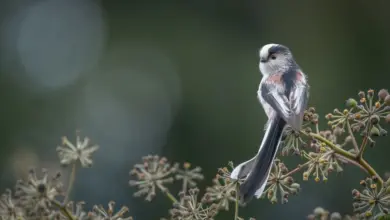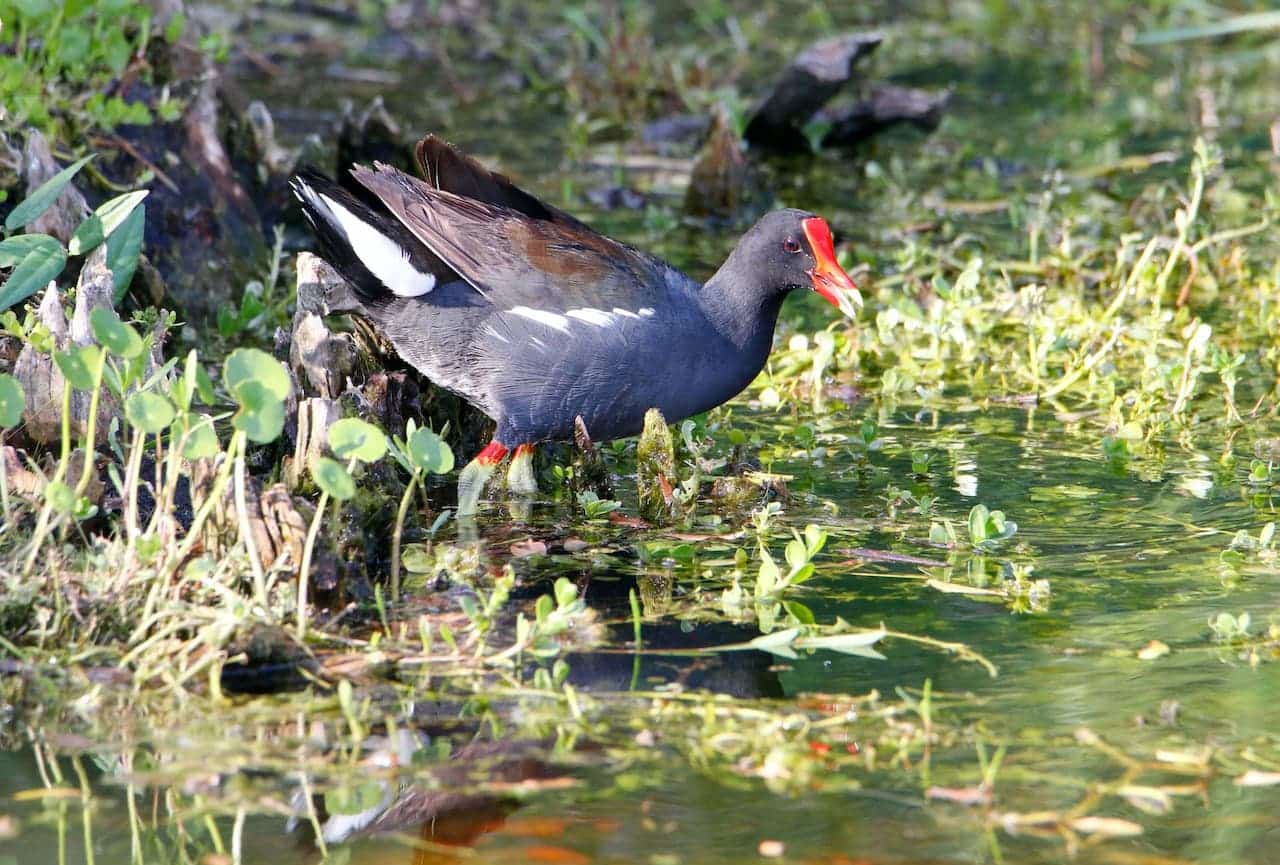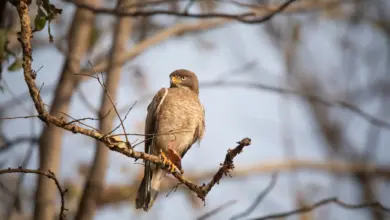The World of Muttonbirds: From Māori Tradition to Oceanic Nomads
When you hear the term “muttonbird,” your mind might conjure images of a savory roast lamb dish, but there’s more to this name than meets the eye. Muttonbird, in fact, refers to several species of petrels, especially shearwaters, found in Australia and New Zealand. These remarkable seabirds have a unique history, from their intriguing name to their vital role in the ecosystems of the southern oceans.

A Culinary Connection: The Origin of the Name “Muttonbird”
The English term “muttonbird” originally emerged among settlers on Norfolk Island. These early pioneers found that the taste and fattiness of these birds’ meat were reminiscent of mutton, a common term for mature sheep meat. Despite their differences in size, appearance, and lifestyle, shearwaters earned the moniker “muttonbird” due to their rich and distinctive flavor.
Types of Muttonbirds and Their Locations
Muttonbirds predominantly refer to various shearwater species, with the Short-tailed Shearwater (Ardenna tenuirostris) and Sooty Shearwater (Ardenna grisea) being the most prominent. They are primarily found in the southern oceans, with significant populations inhabiting Australia and New Zealand.
Breeding and Migration Patterns
Muttonbirds are renowned for their remarkable migration journeys. They are true oceanic nomads, traveling thousands of kilometers across the seas. Breeding colonies are often established on remote islands, where these birds return year after year to lay their eggs and raise their chicks.
The breeding season is a critical time for muttonbirds, as they gather in enormous colonies to lay eggs in burrows. After the chicks hatch, both parents take turns feeding them until they are ready to fledge. Once the chicks are sufficiently developed, they embark on their maiden flight, often venturing far from their island homes.
Population and Conservation
The exact population figures of muttonbirds can be challenging to determine due to their vast distribution and remote breeding sites. However, these birds are generally not considered endangered. Conservation efforts are in place to monitor their populations and protect their nesting sites, which are essential for the health of the surrounding marine ecosystems.

Dietary Habits
Muttonbirds are expert foragers, primarily feeding on marine life such as fish, squid, and krill. Their diet is well-suited to their oceanic lifestyle, and they use their sharp beaks to capture prey while in flight or diving into the water.
Māori Tradition and Cultural Significance
In New Zealand, where muttonbirds are known as “tītī,” they hold deep cultural and traditional cultural significance, particularly to the Māori people. Tītī are a valuable food source, and the harvest of these birds is a cherished annual event. Māori communities have developed sustainable harvesting practices that ensure the continued survival of the tītī populations while preserving their cultural heritage.
Conclusion
Muttonbirds, despite their association with mutton, are not culinary creations but rather remarkable seabirds with a rich history. From their colonial-era name to their crucial role in oceanic ecosystems and cultural significance to the Māori people, these birds remind us of the intricate connections between nature and human culture. The next time you hear the term “muttonbird,” you’ll have a deeper appreciation for the unique story behind these fascinating seabirds.



